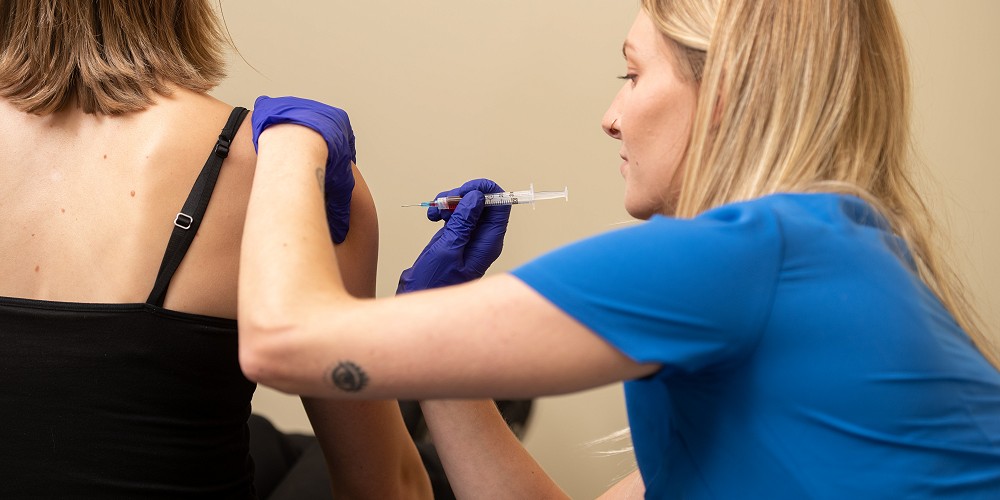Physiotherapy for Temporomandibular Disorders (TMD)
Article by Emily MacHattie
Do you clench your jaw, grind your teeth or bite your nails? Does this lead to clicking, cracking, locking or pain in your jaw? Physiotherapy may be able to help!

What is the Temporomandibular Joint?
The temporomandibular (jaw) joint is the joint between your jawbone (mandible) and skull (temporal bone). The joint both hinges and slides with opening; it is the only joint in the body that is designed to dislocate with movement!
Optimal function of this joint is important for communicating, eating and expression.
What are Temporomandibular Disorders?
Temporomandibular disorders (TMD) are a broad group of clinical conditions that relate to dysfunction in and around the jaw joint. Symptoms can include:
- pain in the jaw, teeth, face and/or neck
- Headaches
- clicking or locking of the jaw
- Dizziness
Approximately 10% of adults suffer from TMD. Dysfunction within the joint can happen for several reasons including:
- Muscular issues – muscle imbalances, increased tension, overuse
- Disc issues – displacement of the disc
- Disruption of the joint surfaces – arthritis
How Can Physiotherapy Help with TMD?
As with other joints in the body, physiotherapists have special training to address issues in and relating to the temporomandibular joint.
Your therapist will carefully assess your jaw and surrounding musculature to determine the cause of your symptoms.
Treatment will be based on your assessment findings, and will often include a combination of education, manual therapy (releasing soft tissue and improving joint mechanics), exercises, and possibly dry needling.
At times, your therapist may also coordinate treatment with your dentist if a night guard or other appliance would be helpful in treatment.
The good news is the majority of TMD are managed conservatively (without surgery).
References
- The Mayo Clinic - https://www.mayoclinic.org/dis...Evaluation and Treatment of Temporomandibular disorders and Orofacial Pain – Course Manual
You May Also Like...
-
 ArticleView Post
ArticleView PostPhysiotherapy After Breast Cancer
Physiotherapists have an important role to play in the recovery process for patients who have had treatment for breast cancer.
-
 ArticleView Post
ArticleView PostRelaxation Strategies for the Pelvic Floor
The pelvic floor is an important group of muscles that can significantly impact our quality of life when not functioning properly.
-
 ArticleView Post
ArticleView PostInjectable Therapy (Part 1 of 2): Prolotherapy, PRP, and Cortisone
Nearly 8 million Canadian residents are living with the diagnosis of chronic pain1. Living with pain can impact one’s abilities to participate in activities of daily living—such as work, school, and socialization. There are many possible branches of treatment for chronic pain, and this article highlights the positive role that injectable therapies can have.